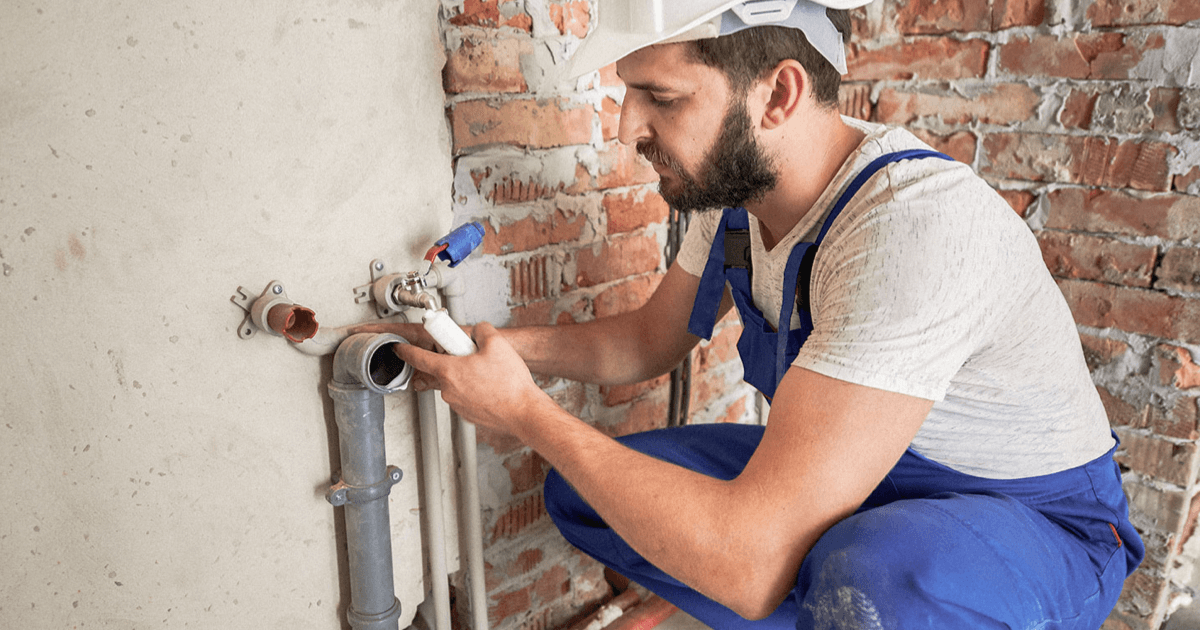Trustworthy Plumber Alabaster AL for All Your Emergency Needs
Trustworthy Plumber Alabaster AL for All Your Emergency Needs
Blog Article
A Detailed Overview to Effective Hot Water Heater Installment for Optimum Performance
Beginning on the task of setting up a water heating unit is an endeavor that demands accuracy and an organized approach for achieving optimal performance. As you continue, the intricacies of attaching water supply lines and setting up trustworthy electrical or gas links wait for, appealing understandings into making sure performance and reliability.
Choosing the Right Water Heater

Next, consider the dimension and ability of the water heater. It's important to examine your house's warm water demands, which can differ based upon the variety of owners and their use patterns. A device that's also small might lead to inadequate warm water, while an extra-large version could result in unneeded energy intake.
Effectiveness ratings also play a crucial role in selection. Search for hot water heater with high Power Variable (EF) scores, showing remarkable performance and minimized energy usage. Tankless designs, though typically much more costly ahead of time, deal substantial energy cost savings with time due to their on-demand heating capabilities.
Preparing the Installation Location
Before mounting a new water heating system, thorough prep work of the installment location is important. It's crucial to measure the area meticulously to suit the water heating system's dimensions, making sure appropriate clearance around the system for effective procedure and maintenance.
Examine the floor for security, as the water heating unit will require a solid, level surface area to run effectively. If necessary, mount a drip pan underneath the device to capture possible leaks or spills, avoiding water damage to the surrounding area.
In addition, make sure that all needed tools and materials get on hand before commencing the installment. This includes things such as wrenches, screwdrivers, a degree, and any extra hardware needed for protecting the heating unit and mounting. A well-prepared setup area sets the structure for a successful hot water heater setup, enhancing performance and safety and security.
Connecting Water Supply Lines
When attaching water supply lines to your recently installed water heating system, it is crucial to guarantee that all connections are leak-free and protected to preserve effective operation and prevent water damages. Begin by identifying the hot and cold water supply lines. The chilly water inlet is normally marked with a blue tag or a "C", while the hot water outlet is noted with a red label or an "H".
Usage versatile hot water heater connectors to help with a less complicated installment process. These adapters can take in resonance and allow for mild motion, decreasing the threat of leakages. Prior to affixing the ports, place a plumbing technician's tape around the threaded ends of the water heating unit's inlet and outlet pipes - Plumber Alabaster AL. This tape works as a sealant, protecting against leakages. Thoroughly attach the versatile pipes to the corresponding inlet and electrical outlet, guaranteeing that they are not over-tightened yet limited, which could harm the strings.
As soon as links are in area, slowly switch on the primary supply of water valve. Evaluate each link for leakages by aesthetically feeling and examining for wetness. Tighten up links as required, and ensure the stress safety valve is correctly mounted, guarding against too much stress accumulation.
Establishing Electric or Gas Links
Effectively setting up the electric or gas connections for your hot water heater is an important step to guarantee effective and safe operation. For electric hot water heater, begin by confirming that the electrical circuit works with the heating unit's read this voltage and amperage requirements. Make sure the power supply is switched off at the circuit breaker to stop mishaps. Link the electrical cables to the heater complying with the supplier's wiring layout. Commonly, this entails linking the ground cord to the eco-friendly terminal, and the staying cables to their equivalent terminals, protecting each with cord nuts.
For gas water heating systems, safety and security is vital. Link the gas line to the water heating system making use of a versatile gas adapter, ensuring it is properly threaded and secured with pipeline joint compound or Teflon tape ideal for gas connections.
When connections are made, inspect for any type of possible leakages. For gas lines, apply a soapy water remedy to the joints; bubbles indicate a leakage. For electric links, confirm that all circuitry is protected and effectively protected, maintaining conformity with regional electrical codes.
Readjusting and checking for Performance
With the electrical and gas links securely in position, the next step is reviewing the functional effectiveness her explanation of your water heating unit. Begin by carefully activating the water supply and ensuring there are no leakages at any of the joints or valves. Once verified, continue to load the storage tank, taking note of the pressure and temperature level setups. It is recommended to set the thermostat to an advised temperature of around 120 ° F(49 ° C) to stabilize energy efficiency and comfort.
Following, carry out a thorough evaluation to guarantee the burner or burner are functioning correctly. For electric heaters, use a multimeter to confirm if the elements are drawing the proper present. In gas models, observe the heater fire; it must be stable and blue, showing reliable burning.
Change the settings as essential to remove inadequacies. Think about executing insulation steps, such check these guys out as including a water heater blanket, to further enhance performance by lessening heat loss. Additionally, examine the anode rod's problem, as a tatty pole can decrease performance and result in container rust.
Verdict
Efficient water heating system installation is crucial for ensuring ideal efficiency and power financial savings. Firmly connecting water supply lines and thoroughly setting up electrical or gas links reduce prospective issues.

Appropriately establishing up the electrical or gas links for your water heater is a critical action to guarantee risk-free and reliable operation. For electrical water heating systems, begin by validating that the electrical circuit is compatible with the heating unit's voltage and amperage needs. Attach the gas line to the water heating unit making use of an adaptable gas connector, guaranteeing it is appropriately threaded and secured with pipe joint compound or Teflon tape ideal for gas links.
Report this page